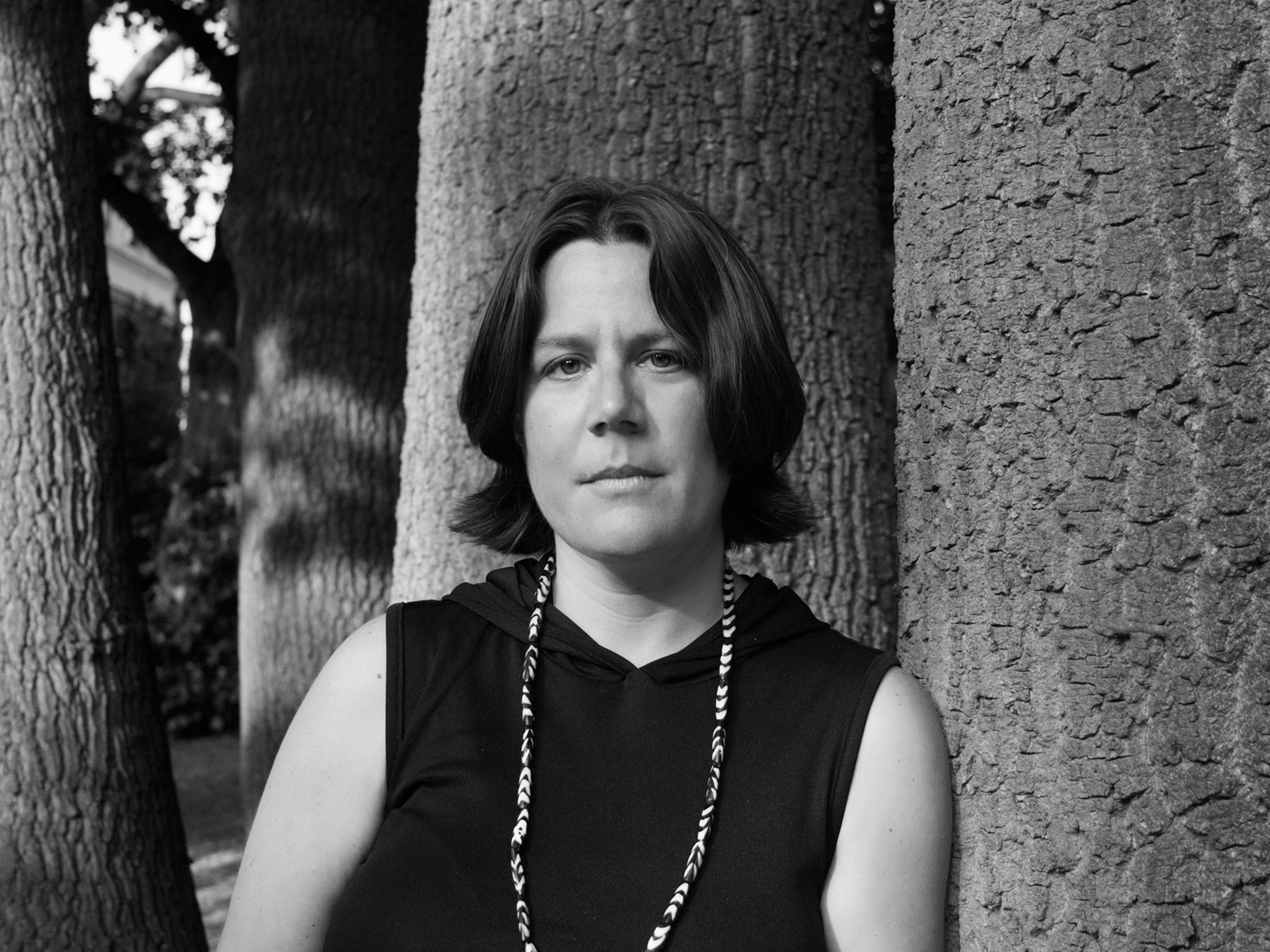Paperback reviews: Smiler's Fair, A Lovely Way to Burn, The Sixth Extinction, Night School, 1965
Rebecca Levene's Smiler's Fair is the first novel in a trilogy, and I’ll certainly read the others if they come my way

Smiler's Fair by Rebecca Levene (Hodder £8.99)
If you like your fantasy with a heavy dose of gritty realism, this should slip down a treat. Most of the expected trappings of fantasy-world fiction are here: a pre-Industrial landscape peopled by warriors and mages, mammoths, a tribe of subterranean cannibals called the Worm Men, and even a giant talking bat (which speaks in early Modern English, for some reason). But the world feels more than usually solid, full of blood, sweat, pain, thirst, hunger, sharp swords, and hard edges, and there is more sex and violence than you could shake a stick at. Smiler’s Fair is a travelling carnival, where at one time or another all the main characters put in an appearance: there’s Eric, a young male prostitute (or “sellcock”); Dae Hyo, a skilled but drunken warrior with vengeance on his mind; Marvan, a psychopathic swordsman; Nethmi, a young noblewoman who is married off to a shiplord of the frozen North; and Krish, exiled son of the King, whose destiny it is to raise an army, overthrow his father and found a new kingdom – if he can escape being killed for the bounty on his head. All this in the shadow of an impending war between the moon-worshippers and the sun-worshippers. Most of the characters are cold-blooded murderers, some many times over; but though they are not all easy to like, you can’t help but be caught up in their interlocking fates. It’s a little bit Tolkien, a little bit Philip Pullman, a little bit Neil Gaiman. Certain events stretch credulity, even within the fantasy world, and there’s an excessive number of convenient coincidences; nevertheless, while I was reading this I took it very seriously. It’s the first novel in a trilogy, and I’ll certainly read the others if they come my way.
****
A Lovely Way to Burn by Louise Welsh (John Murray £7.99)
Don’t start reading this if you have a long To-Do list; it’s a hypnotically readable thriller, and you won’t get much done until you’ve finished it. A new and lethal virus – “the sweats” – has hit London, and indeed the whole world. Stevie Flint at first doesn’t realise what is happening; she is too busy trying to work out how and why her surgeon boyfriend died, and why everyone wants to get hold of the laptop he left with her. As her quest to find the truth continues, the virus spreads; people are dropping like flies, but Stevie turns out to be immune. What’s gripping about this is the way the two stories, the crime thriller and the gathering apocalypse, combine to create something tenser and scarier than either alone. The way that society gradually disintegrates is brilliantly done; it makes you feel just how fragile civilisation is. The prose is as sharp as a scalpel. My only gripe is that there are a couple of scenes in which characters give lengthy explanations that would take about half an hour to deliver in real life, which slightly dents the verisimilitude.
****
The Sixth Extinction by Elizabeth Kolbert (Bloomsbury £8.99)
So far there have been five major extinctions, such as the one that killed off the dinosaurs around 65 million years ago. Elizabeth Kolbert’s thesis is that we are living through the sixth. We’ve reached the end of the Holocene (the time since the last Ice Age ended) and are now in the Anthropocene – an epoch whose fossil record will show geologists of the far future (if there are any) a mass wipe-out of species. Kolbert goes through the evidence for all the previous extinctions and makes a convincing case that the sixth is under way, and we’re responsible. The book gives an extraordinary sense of deep geological time, as well as a sense of urgency about what is happening now. This is popular science at its best – and most disturbing.
*****
Night School by Richard Wiseman (Pan £8.99)
Night School draws on the latest research to explain why we need seven to eight hours sleep a night (and naps when we can get them), and how to employ sleep to improve health, help you learn a musical instrument or pass an exam (we remember things best if we study about four hours before sleep), and solve problems. He investigates sleepwalking and night terrors, offers a new way of interpreting dreams, and suggests techniques to give yourself pleasant dreams – and even lucid ones. It’s written in a popular, accessible style, with plenty of quizzes and practical exercises. This book changed my life in a very concrete way; since reading it I try to find time for a siesta every afternoon. And I have science on my side.
****
1965 by Christopher Bray (Simon & Schuster £8.99)
The year 1965 was, according to Bray, when the modern world began: the fulcrum of the “Long Sixties”, when the gap between high and low culture began to be bridged, when homosexuality was legalised and Roy Jenkins banned flogging, when Winston Churchill died, Bob Dylan went electric, and the first black man played in an FA Cup Final. Of course one could cherry-pick significant events from any year in the 60s and say it was a watershed – Larkin made a good case for 1963, after all – but Bray’s argument is pretty convincing. His range of reference is wide, and this is full of fascinating nuggets – for example, every Beatle owned a Mini, except Ringo who had two. However, the style did begin to grate after a while.
***
Join our commenting forum
Join thought-provoking conversations, follow other Independent readers and see their replies
Comments